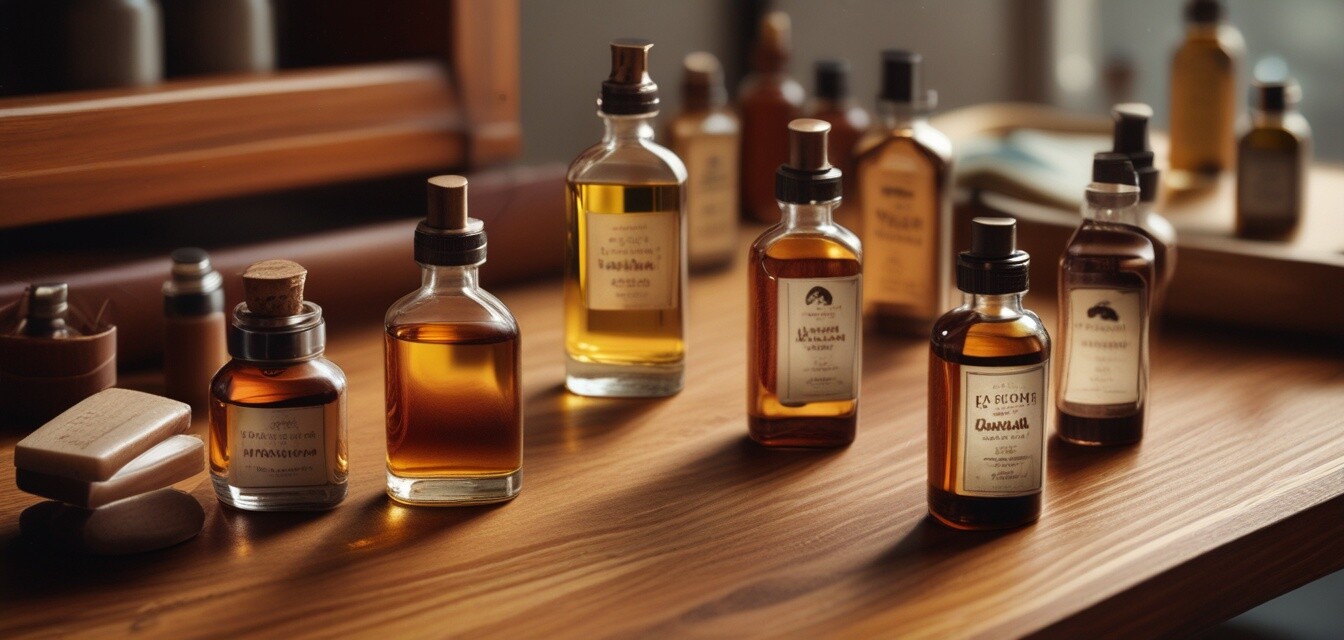
Using Natural Oils for Your Wooden Furniture
Key Takeaways
- Natural oils offer effective protection and maintenance for wooden furniture.
- Using oils like tung oil and linseed oil can enhance the beauty and longevity of wood.
- A proper application of natural oils can restore neglected furniture's original charm.
- Regular oiling can prevent wood from drying out and cracking.
- Choosing sustainable products supports eco-friendly practices in woodworking.
Wooden furniture has an undeniable charm that brings a natural warmth to any space. To keep your pieces looking their best, using natural oils is an environmentally friendly and effective method for protection and maintenance. In this article, we will explore the benefits of using natural oils to care for your wooden furniture, providing practical tips and techniques to help you get the most out of your wood items.
The benefits of using natural oils
Natural oils are beneficial for various reasons, including:
- Enhanced Appearance: Oils penetrate the wood grain, enriching its color and highlighting its natural beauty.
- Protection: Oils create a protective barrier against moisture and dirt, helping to maintain the integrity of the wood.
- Restoration: Applying natural oil can restore the luster of aged or neglected wooden surfaces.
- Eco-Friendly: Natural oils are sustainable alternatives to synthetic finishes, making them better for the environment.
Common types of natural oils
There are several types of natural oils suited for wooden furniture. Here are a few popular options:
| Oil Type | Benefits | Best For |
|---|---|---|
| Tung Oil | Water-resistant and provides a hard finish. | Indoor and outdoor furniture. |
| Linseed Oil | Enhances grain and provides a rich finish. | Furniture and carvings. |
| Walnut Oil | Food-safe and suitable for kitchen items. | Cutting boards and kitchenware. |
| jojoba Oil | Moisturizes and conditions. | Refinishing furniture and restoring sheen. |
How to apply natural oils
Applying natural oils is a straightforward process. Follow these steps for the best results:
- Clean the surface of your furniture thoroughly to remove dust and grime.
- Apply a small amount of oil to a soft cloth or direct onto the wood.
- Rub the oil into the wood in circular motions, ensuring even coverage.
- Let the oil soak in for a few hours or as directed in the product instructions.
- Wipe off any excess oil with a clean cloth to avoid a sticky finish.
Product recommendation: HOWARD Clean-A-Finish
Consider using HOWARD Clean-A-Finish For Wood, Upholstery, and Carpet for cleaning before applying oils. This product is designed to deeply clean wood surfaces by removing dust and stains, providing a perfect base for your oil application.
HOWARD Clean-A-Finish For Wood, Upholstery, and Carpet, Pour Bottle, 16 oz
This powerful cleaner effectively removes dirt and grime from wood and upholstery, ensuring your surfaces are clean and ready for the application of natural oils.
Learn MoreMaintaining your wooden furniture
Regular maintenance is key to preserving the beauty of your wooden furniture. Here are some simple tips:
- Dust surfaces regularly to prevent buildup.
- Re-oil surfaces periodically, depending on usage and exposure to elements.
- Avoid placing hot or wet items directly on wood surfaces to prevent damage.
- Use coasters under cups and placemats under plates to minimize wear.
Conclusion
Using natural oils is an effective way to maintain and protect your wooden furniture while promoting sustainability. Choose the right oil for your needs, follow proper application techniques, and enjoy the beauty and longevity of your wood pieces. By making informed choices about your maintenance products, you not only care for your furniture but also support eco-friendly practices in woodworking. For more insights, check our resources on wood care and maintenance and natural wood finishes.
